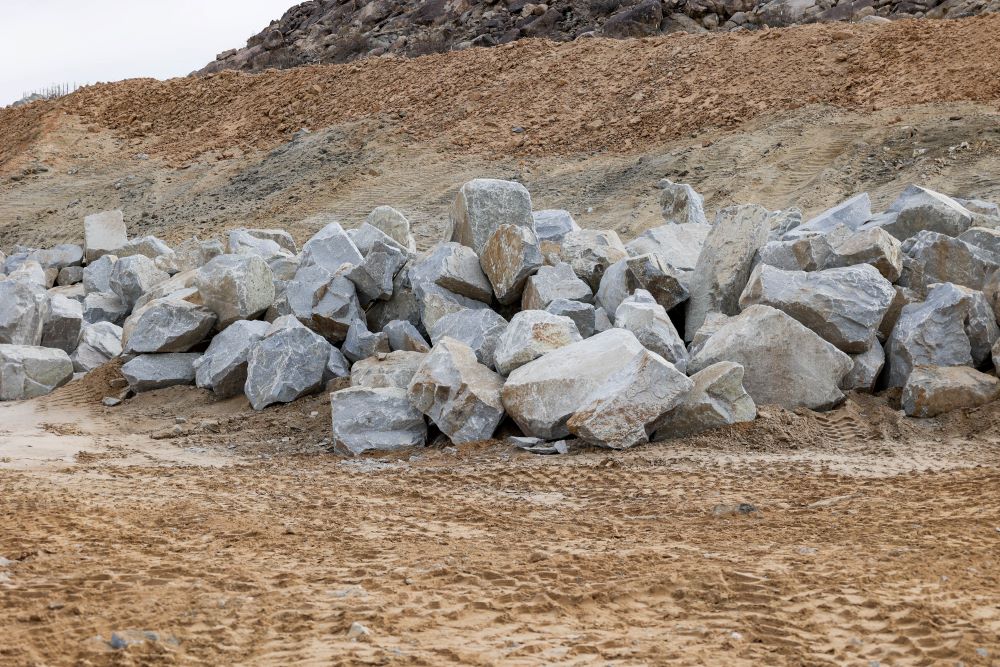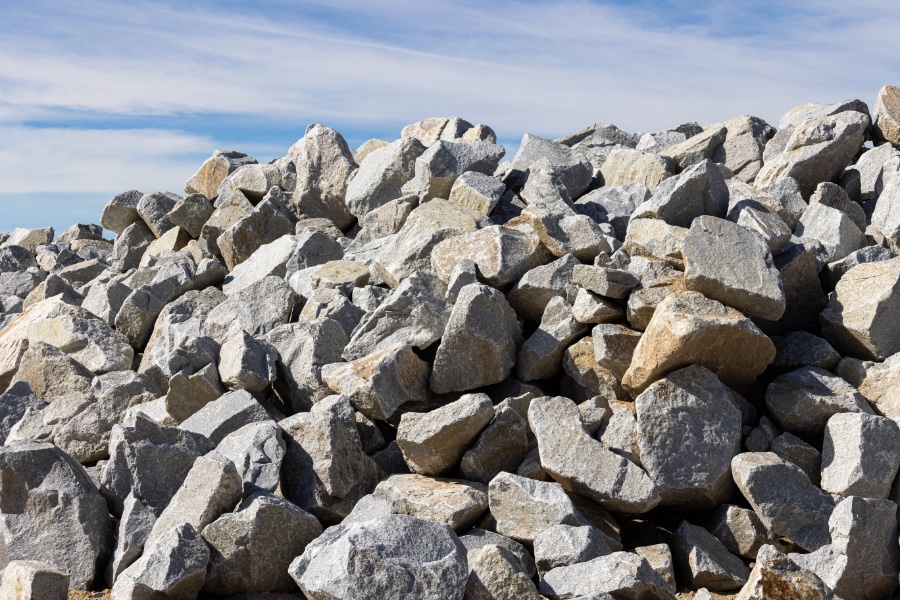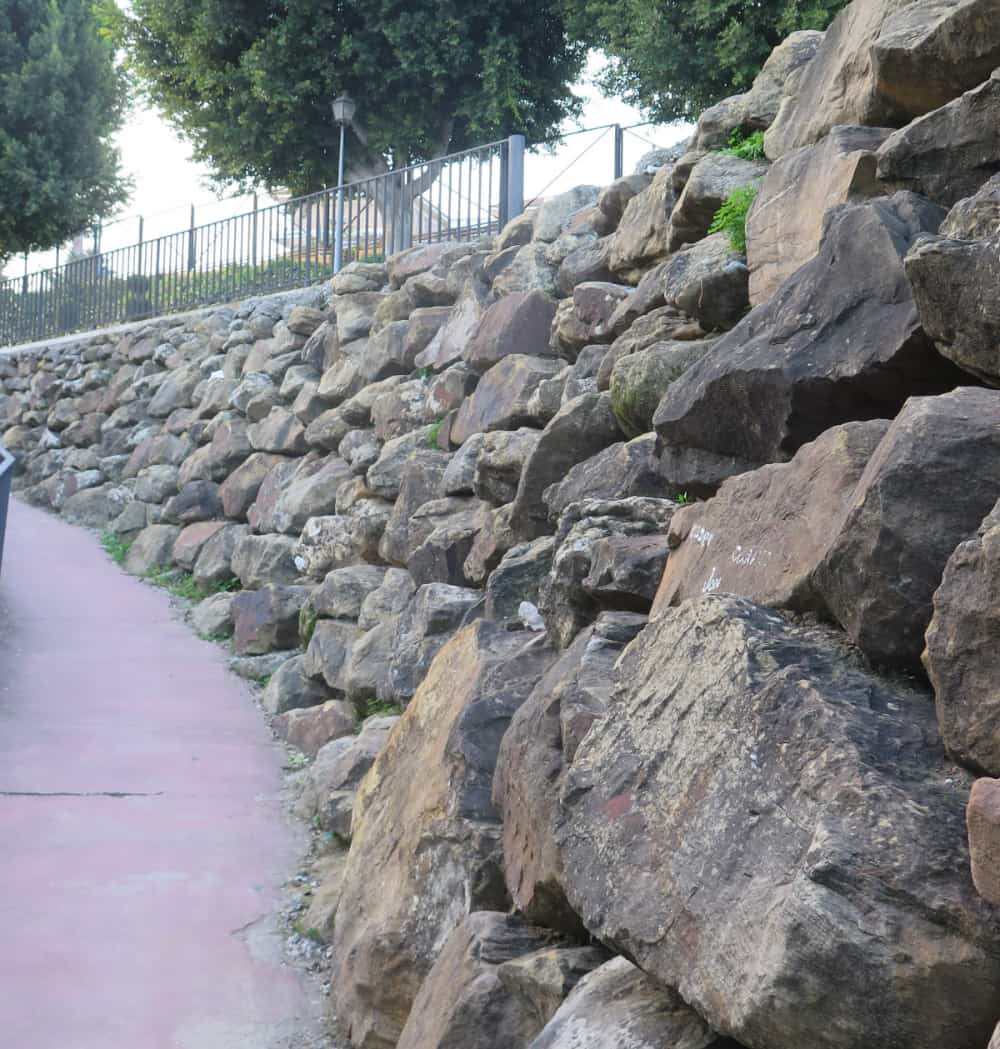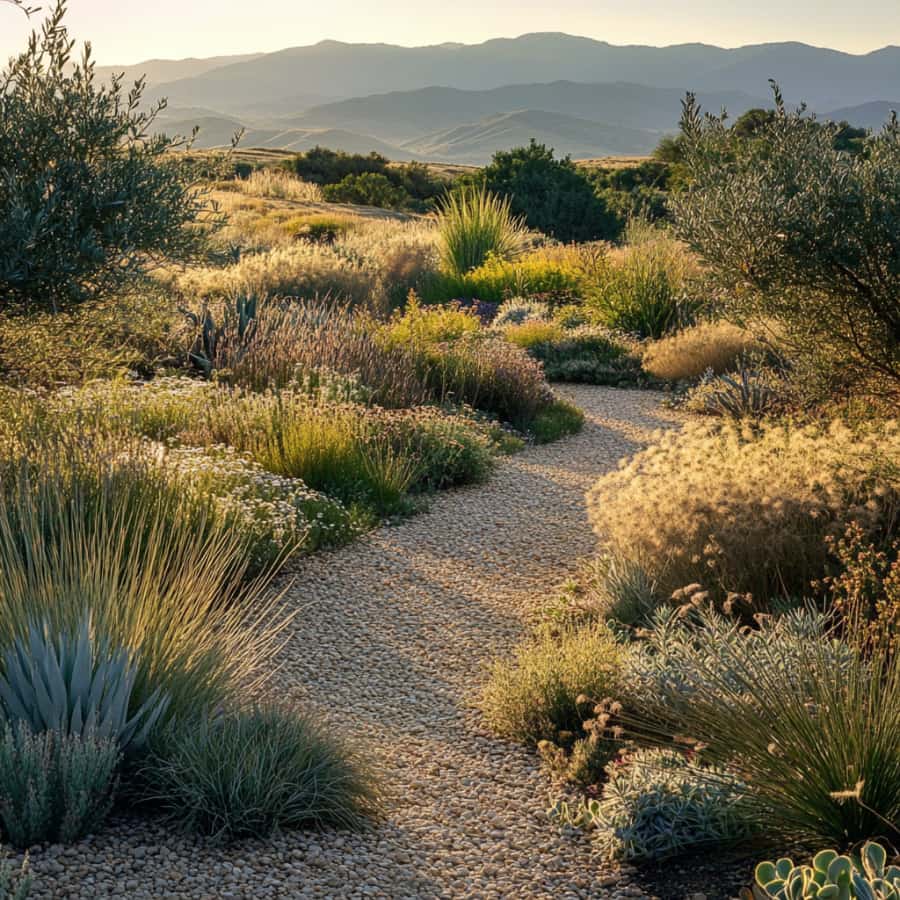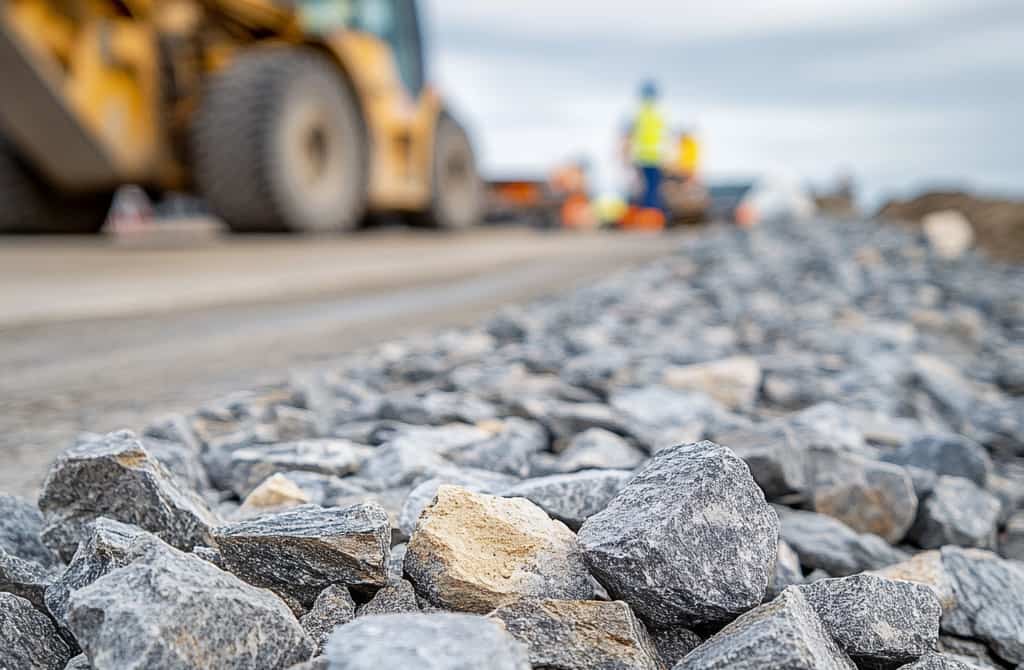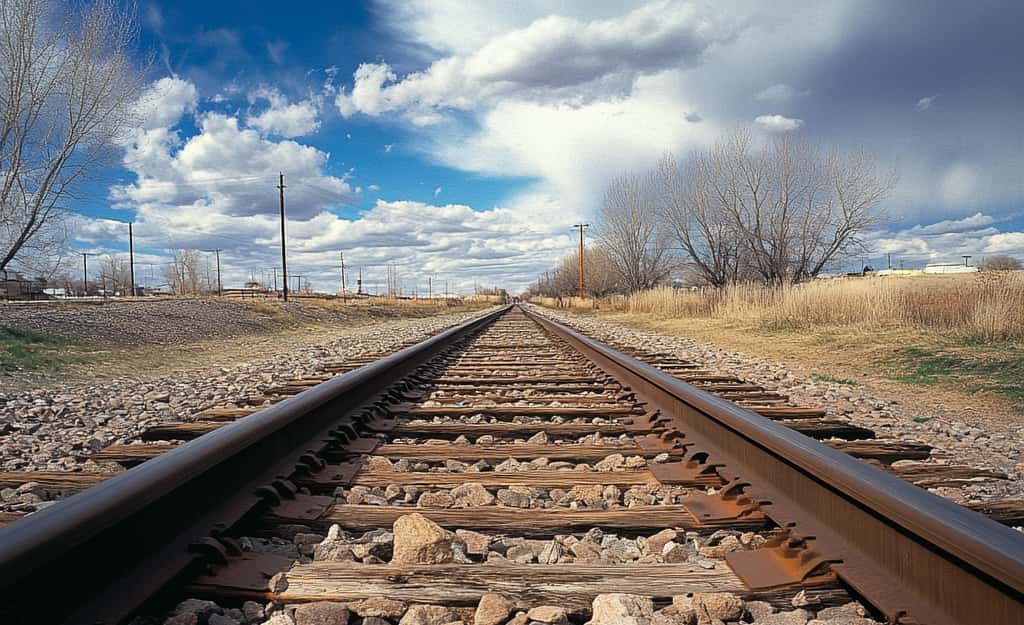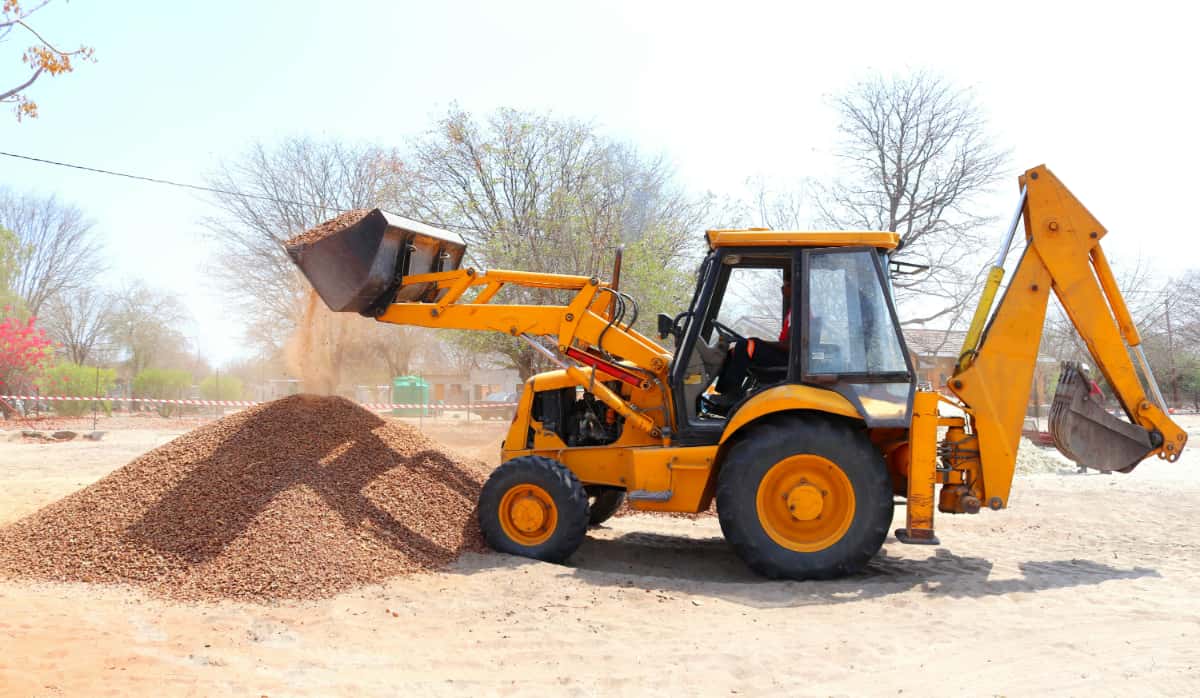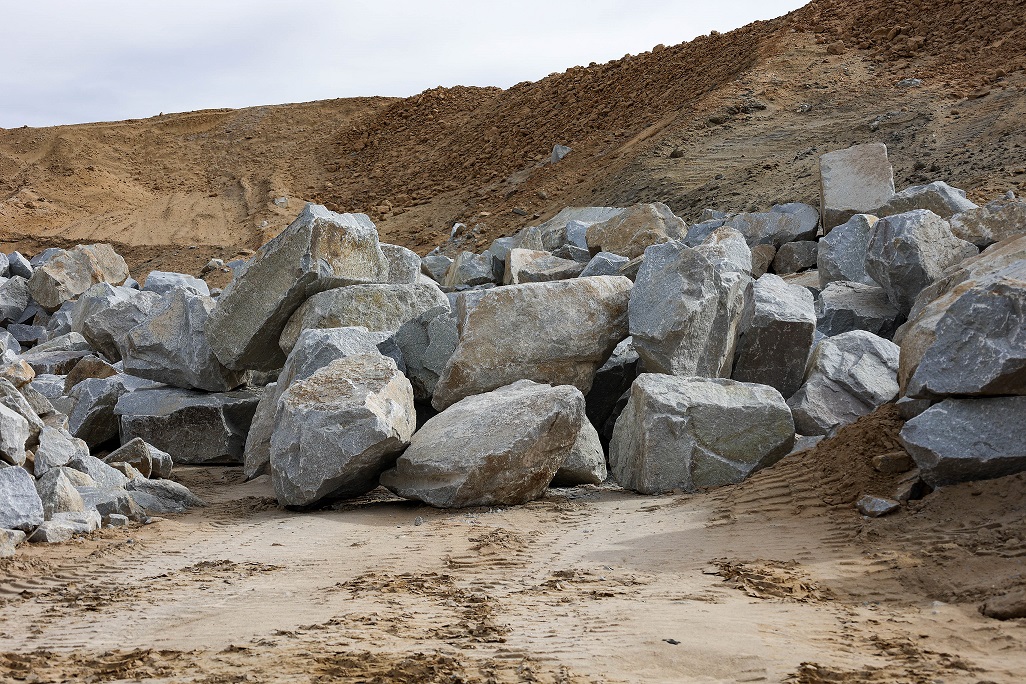
Granite Boulders for the Visual Anchor
Whether you are beginning a new construction or redesigning an existing yard, nature brings serenity and inspiration to you and those who visit. And one of the best options for lasting, low maintenance scenery is boulders for large-scale projects.
Any features you choose—water elements, palm trees, large-scale ground cover, crushed aggregate—they all require a foundational earth presence. There is nothing more grounding and earthy than landscaping with boulders. With pretty much no maintenance required, landscape boulders offer that single detail that elevates any project.
Why Landscape Boulders for Large-Scale Projects?
Landscape boulders are more than just rocks. They provide an artistic anchor for your creative design. They make a great background for plants and trees of varying sizes, shapes, and colors. And they can pull attention to a space or a feature that you want to highlight in your large-scale project.
Boulders can be used for boundaries to define the edge of a plot or create a fence around your full property. They are a great natural material for retaining walls and walkways. Depending on the size you are working with, they can be single or stacked. Grouped or individual. Whatever your design ideas, there are many ways to draw attention to and create stability in your landscape design.
Ideas for Landscape Boulders in Large-scale Projects
When you make your landscape design with boulders, be bolder! (Pun intended.) There are many color variations in rocks that can add interest and draw the eye to the focal point of your creation. You don’t have to stick to one type of rock either. Mixing and matching creates variations that will capture the eye and support your design.
When using landscape boulders in large-scale projects, size matters. Imagine small boulders that nestle with flowers, bushes, and vines to establish a strong grounding presence and present a backdrop for the vibrancy of your plant colors.
And use your large to giant boulders to create a focal point. Large boulders can be a perfect definition for the entrance of a driveway or to create the corners of a property. They can be used as sitting areas, stages, playground additions, even amphitheaters.
Granite Boulders Make the Difference
Creativity is the key and letting the rocks speak to you to guide your placement and grouping for the best enhancement of your landscape ideas.
Whatever your plans or ideas, whatever questions you have, you will find all your landscape designs with boulder options here at Lynx Cat Mountain Quarry. Find out more about our landscape boulder options, and feel free to call us any time: 760-760-5969.

